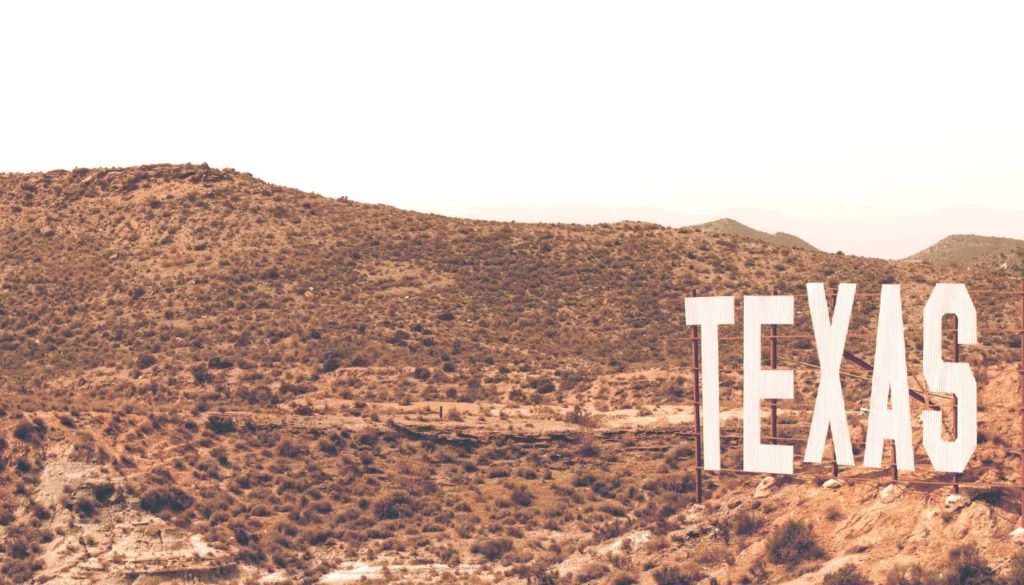Buying rural land can be a smart investment—but it’s not without risks. One of the first things you’ll want to look into is land value by zipcode. This helps you compare prices, spot unusual trends, and know if you’re paying a fair price.
Below, we’ll walk through common red flags that can pop up when buying rural land. These warning signs don’t mean you should walk away, but they are good reasons to slow down and ask more questions.

Why Land Value by Zipcode Matters
Knowing the land value by zipcode helps you understand the local market. It’s a quick way to see if a property is priced too high or strangely low. If you notice one piece of land is listed for much less than others nearby, ask why. It could mean problems with access, flooding, or zoning.
For example, in rural areas outside of Waco, Texas, prices can shift a lot between zip codes. Land just west of the city might have better access to highways, utilities, or schools. That means the land value is often higher than similar acreage just a few miles away.
Red Flag #1: No Legal Access
Always check that the property has a legal road leading to it. Some rural plots don’t have public or deeded access. That could mean you’d need to cross someone else’s land to reach your own, which might not be legal.
Even if there’s a visible path or dirt road, that doesn’t guarantee legal access. It’s important to have a title company confirm it.
Red Flag #2: No Recent Survey
Land boundaries can be tricky, especially in rural areas. If the land hasn’t been surveyed recently, the boundaries on paper might not match what’s on the ground. That can lead to disputes with neighbors or surprises when it’s time to build or fence your land.
Red Flag #3: Poor Soil or Drainage
Even if you don’t plan to farm, poor soil can be a problem. It might make it hard to install a septic system or grow anything on the land. Standing water or erosion signs are worth noting, too.
You can check soil maps online or ask a local expert to walk the land with you.
Red Flag #4: Unclear Zoning or Land Use Rules
Counties and even some unincorporated areas have rules about what you can and can’t do on rural land. Always check with the local planning department. Some places restrict mobile homes, short-term rentals, or certain types of agriculture.
Red Flag #5: Utilities Are Far Away
Getting power, water, and internet out to a remote piece of land can be very costly. Before buying, find out how far utilities are from the property and how much it might cost to connect.
In some parts of Texas, water wells and septic systems are the norm, but not every piece of land is suited for them.
How to Research Land Value by Zipcode
You can use tools like the USDA’s Land Values report or real estate sites like Realtor.com to check land value by zipcode. These resources show you average prices, sales trends, and nearby listings so you can get a clear picture.
Talk to a local agent or land consultant, too—they often know things that online maps and data don’t show.
Buying rural land can be a peaceful, long-term investment. But don’t rush it. Watching out for these red flags can save you time, money, and stress down the road.
Want help figuring out what your land is worth? Reach out anytime.
Photo by Javi_M_Bravo